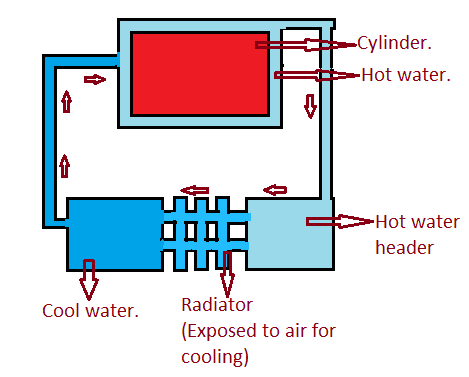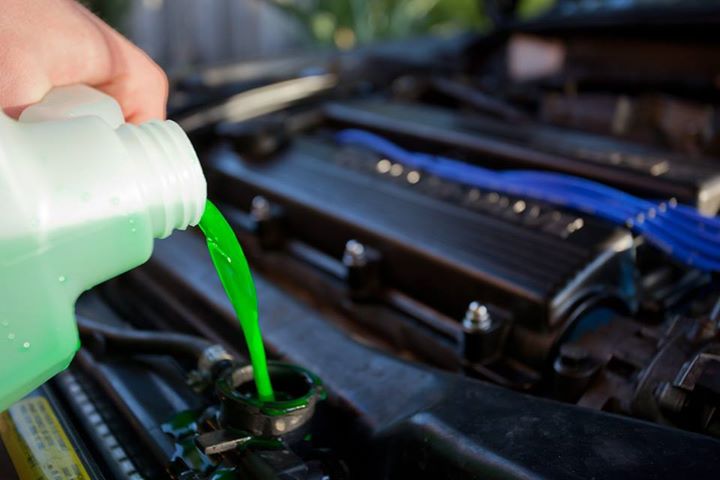Stainless steel is a popular material that is widely used in many industries due to its unique combination of properties. It is a type of steel that contains chromium, which makes it resistant to corrosion and staining. Stainless steel is available in a variety of grades, each with its own set of properties and characteristics. Here are some of the pros and cons of using stainless steel:
Pros of Stainless Steel
- Corrosion resistance: One of the main advantages of stainless steel is its resistance to corrosion and staining. Chromium in the steel forms a passive film on the surface that helps to protect the steel from rust, stains, and other forms of corrosion. This makes stainless steel ideal for use in environments where the steel will be exposed to moisture, chemicals, or other corrosive agents.
- Durability: Stainless steel is a strong and durable material that can withstand high levels of stress and pressure. It is also resistant to wear and tear, which makes it ideal for use in applications where the steel will be subject to heavy use or frequent movement.
- Low maintenance: Stainless steel is easy to maintain and clean. It does not require any special coatings or treatments to maintain its corrosion resistance, and it can be cleaned with mild soap and water.
- Versatility: Stainless steel can be used in a wide variety of applications, such as in construction, manufacturing, and engineering. It is also used in many consumer products, such as kitchen appliances and medical equipment.
- Aesthetics: Stainless steel has a modern, sleek look that makes it popular for use in architectural and design applications. It also does not corrode and does not discolor, which makes it a popular choice for interior and exterior design.
Cons of Stainless Steel
- Cost: Stainless steel can be more expensive than other types of steel, especially if it is made of high-grade materials. The cost of stainless steel can be a major disadvantage, especially for large projects or applications that require a large amount of steel.
- Weight: Stainless steel is a heavy material, which can make it difficult to handle and install, especially in tight or hard-to-reach spaces. This can make it less practical for use in some applications.
- Toughness: Stainless steel is a strong and durable material, but it is not as tough as other types of steel. It is more brittle than carbon steel and may be more susceptible to cracking or breaking under heavy loads.
- Weldability: Stainless steel is more difficult to weld than other types of steel, and it requires special techniques and equipment. This can make it more challenging to work with and can increase the cost of fabrication.
- Magnetism: Stainless steel contains iron, which can make it magnetic. This can be an issue in applications where the steel needs to be non-magnetic.
In summary, stainless steel is a popular material that is widely used in many industries due to its unique combination of properties. It offers several advantages such as corrosion resistance, durability, low maintenance, versatility, and aesthetics. However, it also has some disadvantages such as


